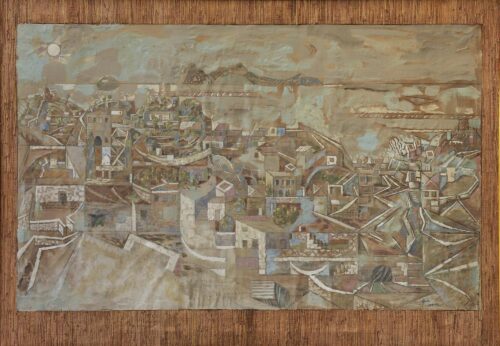
Hatzikyriakos-Ghika Nikos (1906 - 1994)
Memories of Hydra, 1948-1976
He took his first painting lessons in Athens, under Konstantinos Parthenis(1921-1922). In 1922 he was in Paris and enrolled at the Sorbonneto study French and Greek literature while at the same time also enrolling at the Ranson Academy and the engraving studio of Dimitris Galanis. He remained in the French capital till 1934, making trips to Greece during his residence. He had already begun to exhibit by 1923 when he participated in the Salon des Independents, where he also exhibited in the coming years, until 1926, while from 1930 to 1934 he took part in the Salon des Surindependents. In 1927 he had his first solo show in Paris at the Percier gallery and the following year at the Stratigopoulos gallery in Athens, along with the sculptor Michalis Tombros. In 1936-1937 he worked on the publication of the Greek magazine Το Τρίτο Μάτι in which he published translations of texts and articles. In 1937 he commenced his involvement with stage design, designing sets and costumes for performances of the Marika Kotopouli Theater. This was followed by cooperative endeavors with the New School of Dramatic Art run by Sokratis Karantinos (1938), the National Theater (1950), the Modern Greek Ballet of Rallou Manou (1950), the Matei School (1952) and Covent Garden in London (1961). In 1941 he was elected Professor at the School of Architecture of the National Technical University where he taught drawing and composition till 1958. In 1946 the first retrospective exhibition of his work was held at the British Council in Athens and this was followed, in 1973, by the retrospective at the National Gallery of Athens with one hundred and sixty four of his works. In 1949 he exhibited with the Junction group, of which he was a founding member, and in 1950 participated in the Venice Biennale with seventeen works. In the meantime he continued to have solo shows in many cities such as London, Paris and Berlin and in 1958 he began his association with the Iolas gallery, exhibiting in New York, Paris, Geneva and Milan. In 1973 he was elected a member of the Athens Academy and in 1979 was proclaimed honorary doctor of the Architectural School of the Aristotelian University of Thessaloniki while in 1986 he was elected a member of the Royal Academy of London. The same year the artist donated forty-five of his works to the National Gallery. In 1992, in cooperation with the Benaki Museum, the Chatzikyriakos-Ghika Museum was founded in Athens.
A person with a variety of intellectual and artistic interests, he was also involved with engraving, book illustration and sculpture — a retrospective exhibition of his sculptural work was held in 1984 at the Trito Mati gallery in Athens — while he also gave many lectures and published studies and articles on art and aesthetics. A figure of the renowned “”Thirties Generation”” in Greece, Ghika developed cubist and constructivist formulations in his painting, which he used in combination with various types of Greek art, thus achieving a purely personal amalgam of the European avant garde and indigenous traditional elements.

Memories of Hydra, 1948-1976
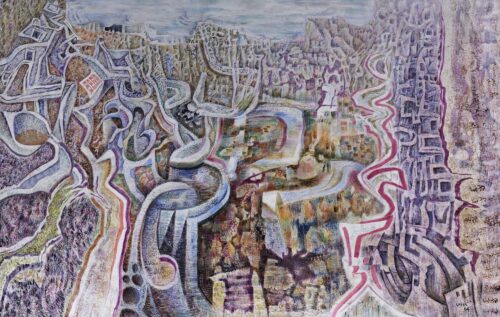
Labyrinthian Roads, 1964
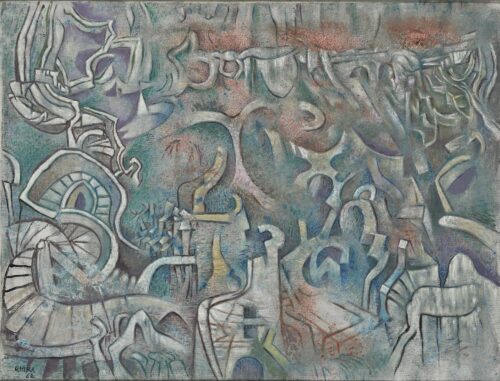
Gleams of Fire, 1962
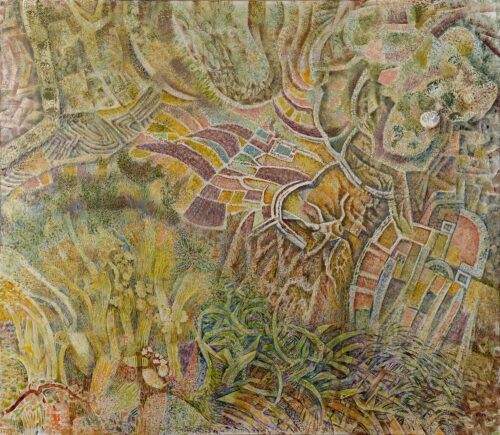
The Earth, 1966
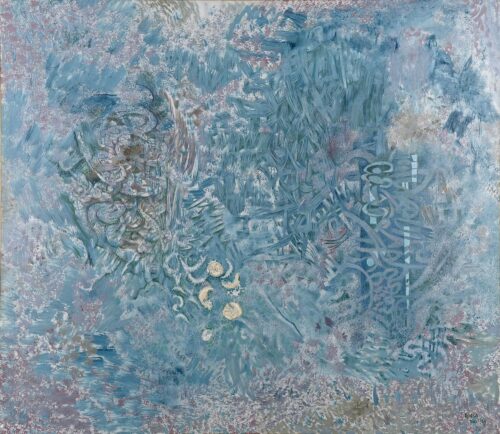
The Water, 1965
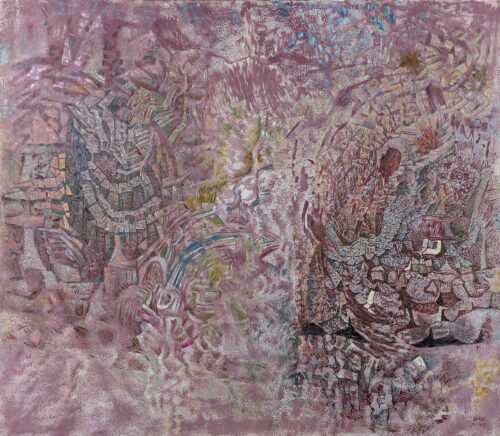
The Rock, 1965
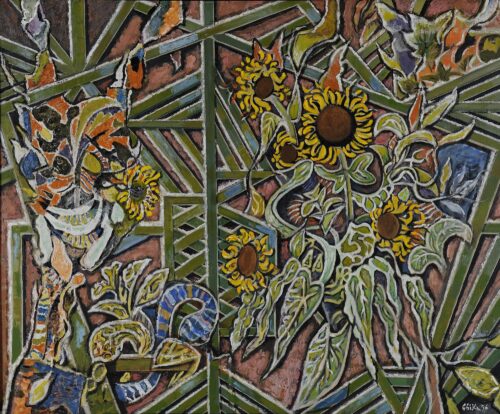
Sunflowers and Trellis, 1956
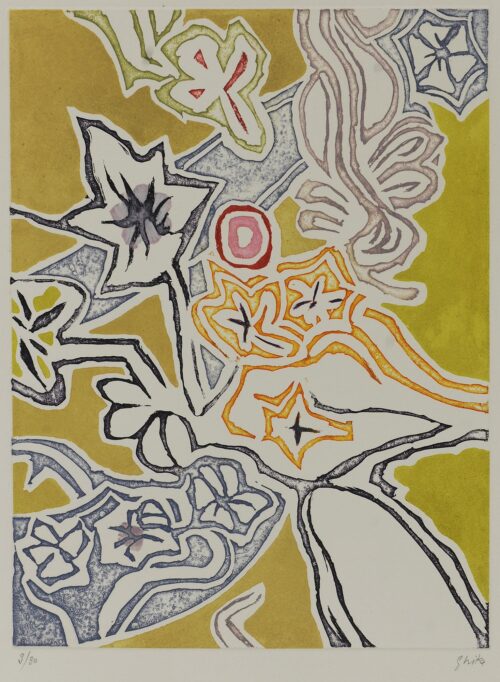
Vine Leaves II
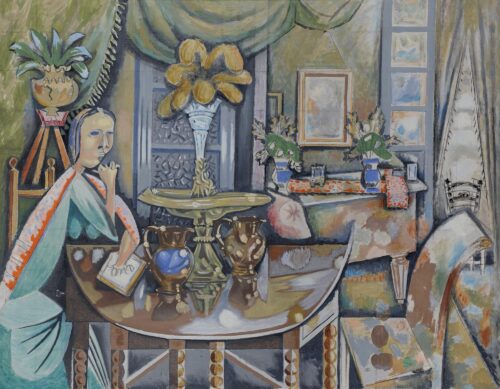
Reflections, 1936
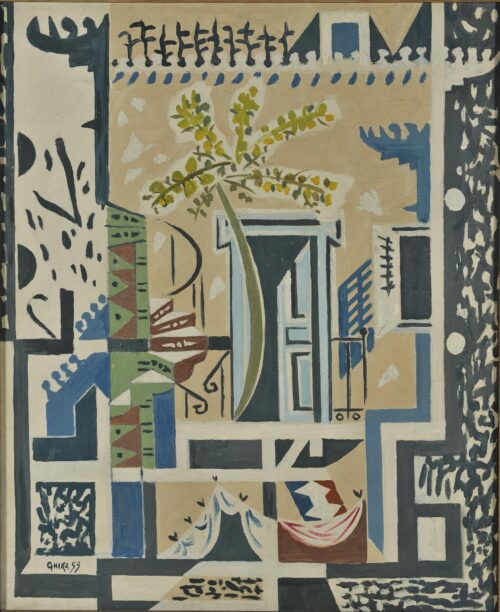
Exterior (Iron Staircase), 1955
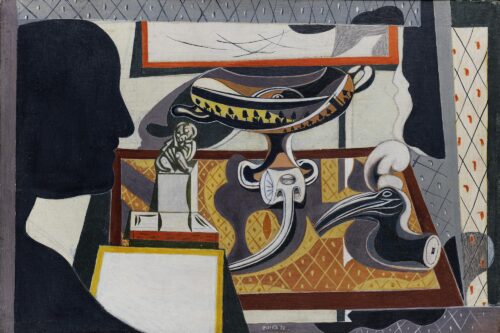
Essence and Shadow, 1938
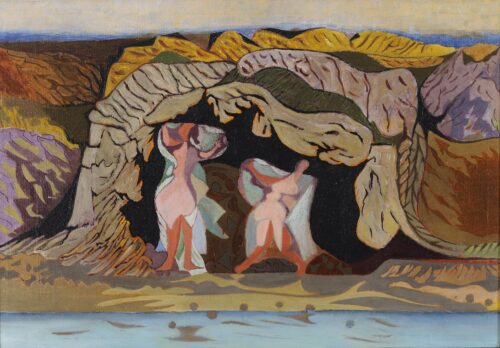
Bathers in a Cave, 1930
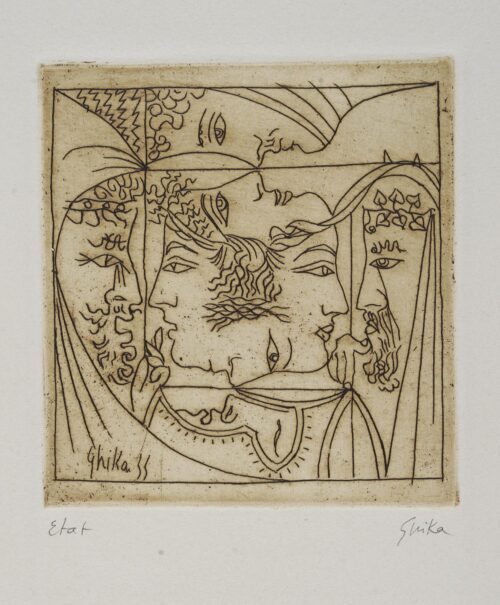
Antigone
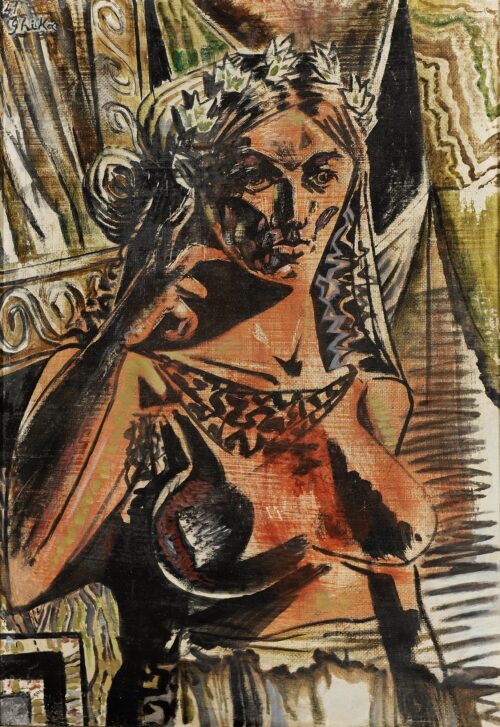
Thinking Figure, 1941
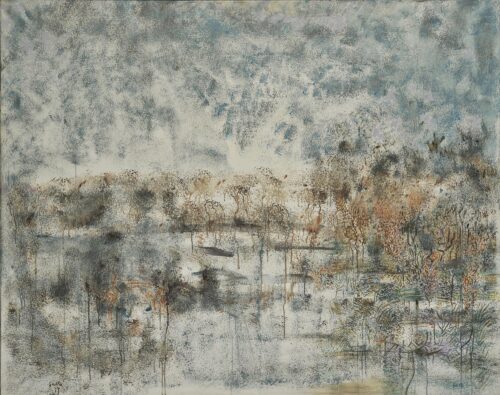
Rainy Landscape, 1977
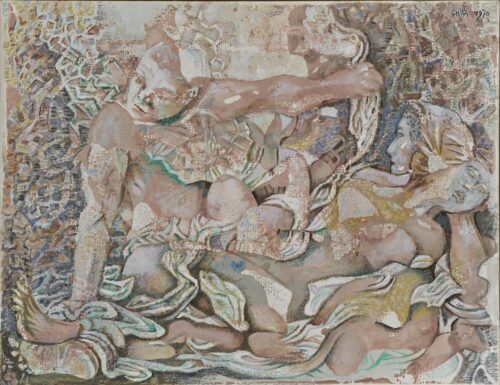
Three Figures in a Cave, 1970
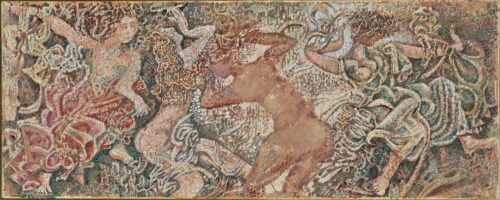
Maenads, 1970
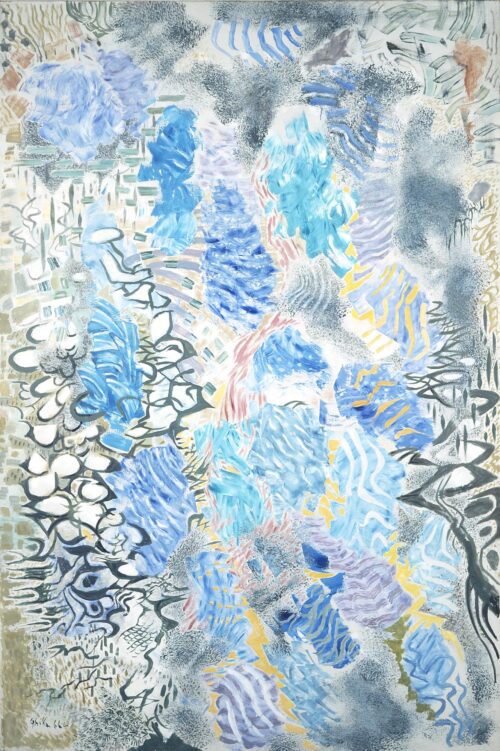
The Torrent, 1966
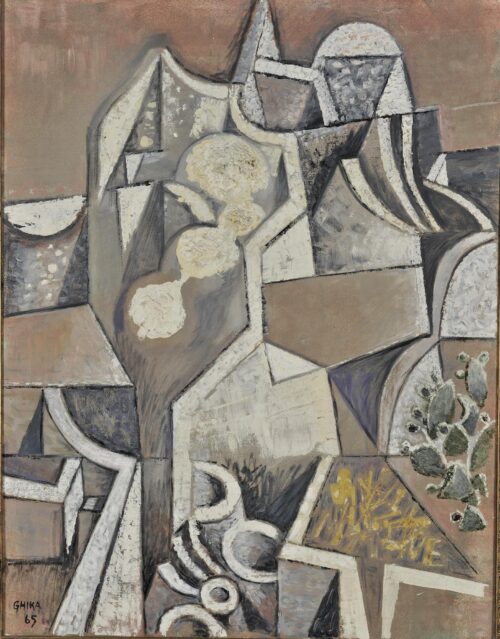
Without Water, 1965
![Paysage Initiatique [Initiatory Landscape] - Hatzikyriakos-Ghika Nikos](https://www.nationalgallery.gr/wp-content/uploads/2022/03/69903_2000_2000-500x813.jpg)
Paysage Initiatique [Initiatory Landscape], 1962
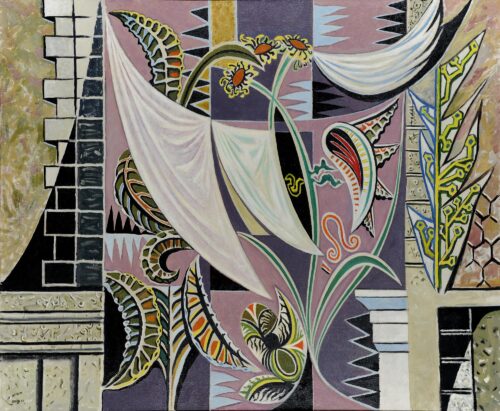
Hanging Cloths in the Garden, 1954
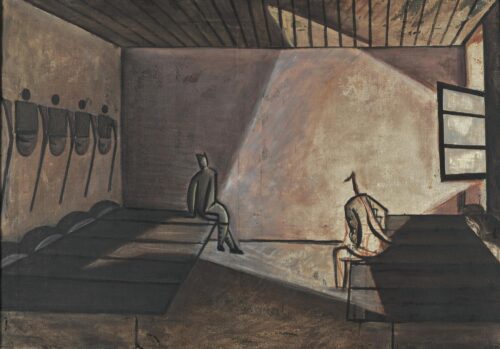
Barrack, 1929
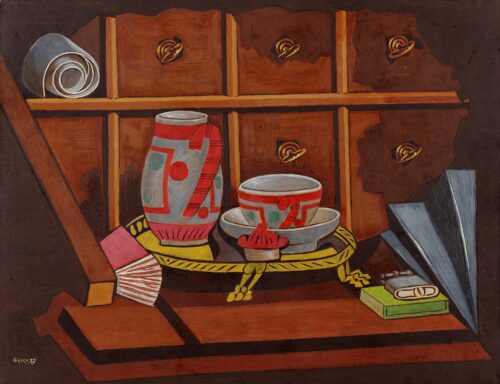
Still Life, 1937
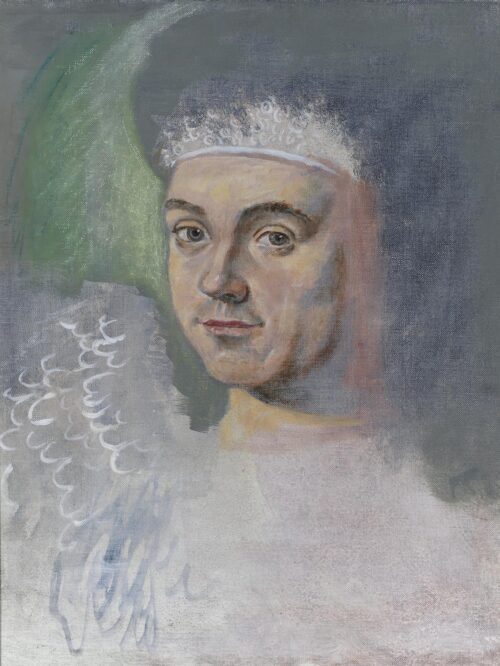
Head, ca.1980

We use cookies to make our site work properly, to personalize content and ads, to provide social media features and to analyze our traffic. We also share information about how you use our site with our social media, advertising and analytics partners. Read the Cookies Policy.
These cookies are necessary for the website to function and cannot be switched off in our systems. They are usually only set in response to actions made by you which amount to a request for services, such as setting your privacy preferences, logging in or filling in forms. You can set your browser to block or alert you about these cookies, but some parts of the site will not then work. These cookies do not store any personally identifiable information.
If you disable this cookie, we will not be able to save your preferences. This means that every time you visit this website you will need to enable or disable cookies again.
These cookies tell us about how you use the site and they help us to make it better. For example these cookies count the number of visitors to our website and see how visitors move around when they are using it. This helps us to improve the way our site works, for example, by ensuring that users find what they are looking for easily. Our website uses Google Analytics for statistics reporting.
Please enable Strictly Necessary Cookies first so that we can save your preferences!